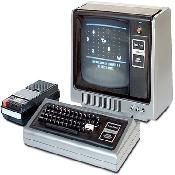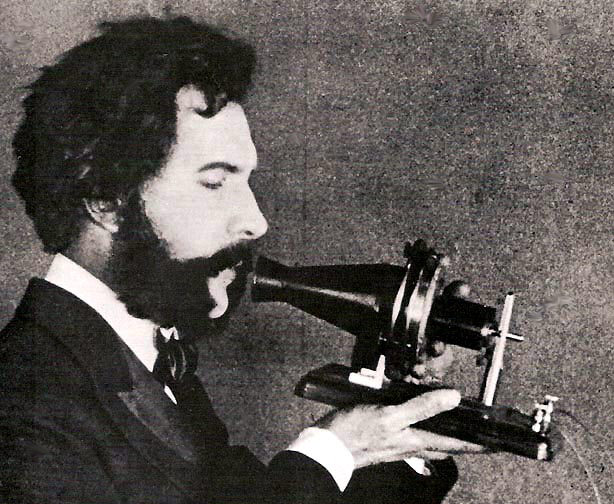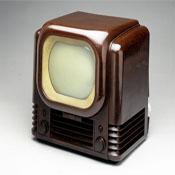INVENTOR: SIR CHARLES WHEAT STONE
3Ds pictures are films that can give a 3 dimensional effect to pictures. Long before the arrival of 3D films,3D still photographs were available . it was Sir Charles Wheatstone who developed the 3D technology in 1838. He invented an instrument called the stereoscope that depended on the functioning of the human eye. Both our eyes do not have the same visual power . Each eye has a different focal length. The separate image formed by each eye merges at a single point. Then the human brain is able to decipher what the object is.
This was the principle that Wheatstone used in making the stereoscope. A special camera having 2 lenses is used to take pictures simultaneously, hereby creating 3D pictures. The distance between the lances of the camera and of the human eyes are the same .When these pictures are observed using a specially created pair of spectacles we will be able to see the pictures 3 dimensionally. In 1850 a French man called Joseph D’ Almeida developed the anaglyphic 3D making the photography and display of 3D films easier. In 1889 ,William friese –Green
Famous inventions that changed the world and new invention gadgets. This section will explore famous inventions, famous invention patents and revolutionary gadgets.
We offer information onfamous inventors, famous scientists and famous inventions that changed the world we live in.
Our famous inventions Include the invention of the telephone, computer, radio and invention of the television.
Famous scientists are heavily featured along with their famous inventions, with a list of important inventions from through the years.
We provide information regarding numerous famous inventions and famous inventors for background knowledge and research purposes.
FAMOUS INVENTIONS THAT CHANGED THE WORLD
Perhaps one of the most under rated inventions belongs to the barcode. Barcodes aren't given much thought by the majority of consumers, but these codes were fairly recently implemented, in a working fashion, in 1970. A small food store owner decided one day that keeping records of the inventory of his stock and their associated prices was an extremely laborious process and so, in 1948, he took it upon himself to contact The Drexel Institute of Technology in a bid to work towards a feasible solution. Bernard Silver rose to the challenge and set out to investigate this problem, and began working on a solution involving an automatic way of keeping track of items which had been sold....
The Internet is something which many of us now take for granted, but the invention of the Internet, is still recent. The Internet is essentially a network connecting thousands of smaller networks into a single global network. The Internet model and the Transmission Control Protocols used to implement the idea were developed in 1973 by Vinton Cerf, an American computer scientist. His project was backed by the
INVENTION OF THE PRINTING PRESS
The invention of the printing press took place in approximately 1450 AD, by a German inventor by the name of Johannes Gutenburg. During this time, there were many cultural changes in
Personal computers are now commonplace in most homes throughout the world, and are relied on heavily by both individuals and businesses. The invention of the computer is relatively new, emerging into our lives relatively late in the 20th century. The technology to build such intricate and sophisticated systems was simply not available prior to this, though advancements in microelectronics made the vision of a computer a realistic one. The two innovations in electronics which allowed for this were the integrated circuit, which was manufactured in 1959, and the microprocessor, which appeared in 1971. The integrated circuit allowed the internal memory solutions to be shrunken down into...
The very first electric light was invented as early as 1800 by English inventor, Humphry Davy. Through various experimentations with electricity, he invented a basic electric battery, soon followed by electric light once he realised that carbon glowed, producing light when connected to the battery. This reaction is called an electric arc. In 1860, Sir Joseph Wilson Swan set about attempting to develop a practical, long-lasting form of electric light. It was he who realised that carbon paper filament worked well, however did burn up relatively quickly. In 1878, his new lamp inventions were showcased in
One of the most important and revolutionary inventions which impacts greatly upon modern day communication is the invention of the telephone. The idea behind the telephone is simple, a system which converts sound into a series of electrical impulses of differing frequencies, and then reverses this procedure to re-create the sound, typically a human voice. Sounds simple enough, but it took many years and an array of different inventors to finally succeed with the technology. As early as 1831, Michael Faraday proved that vibrations of metal could be converted into electrical impulses. This was the basic principle of the telephone, but no one made use of such technology until 1861,...
The televison set was invented by not one person but a group of numerous personnel. The principal idea was based on photoconductivity of the element selenium, founded by Willoughby Smith in 1873. All televisions make use of an image which is scanned to produce a representation time signal, which is then reversed and decoded by the human eye. On 26 January 1926, John Logie Baird demonstrated the first public television, which transmitted live moving images. Several months later, 3 July 1928, Baird demonstrated the first colour television. In 1923, Charles Francis Jenkin demonstrated his own version of a primitive television set. Strangely...









No comments:
Post a Comment